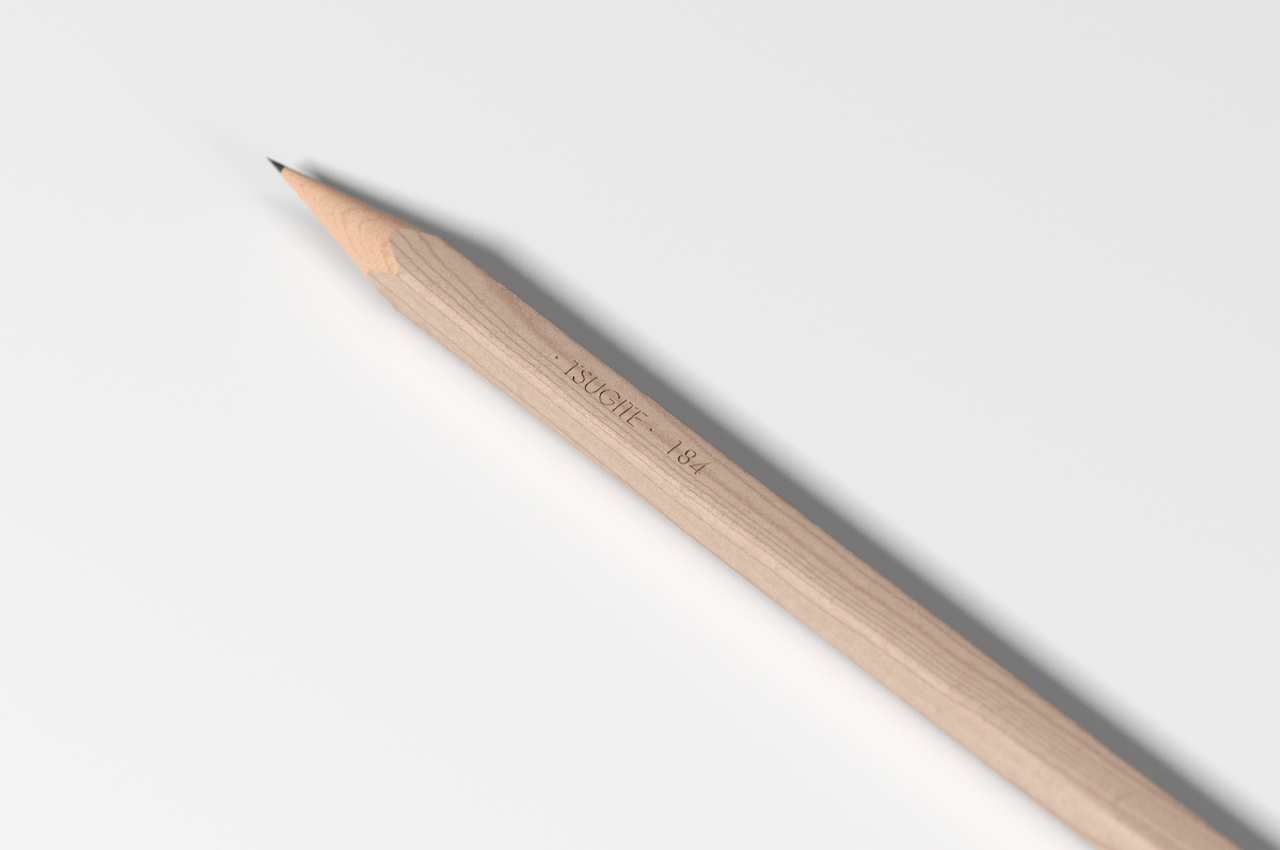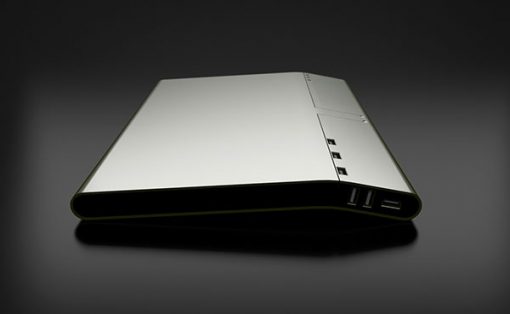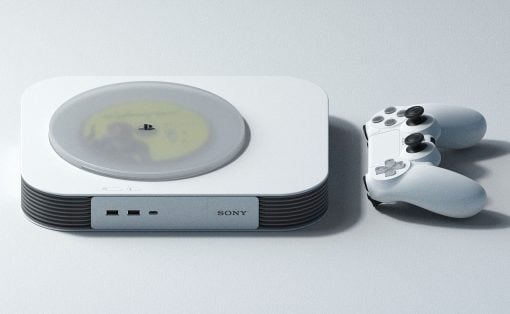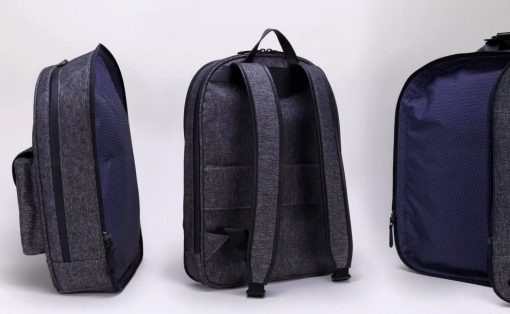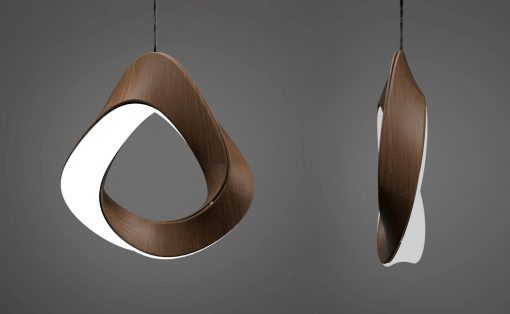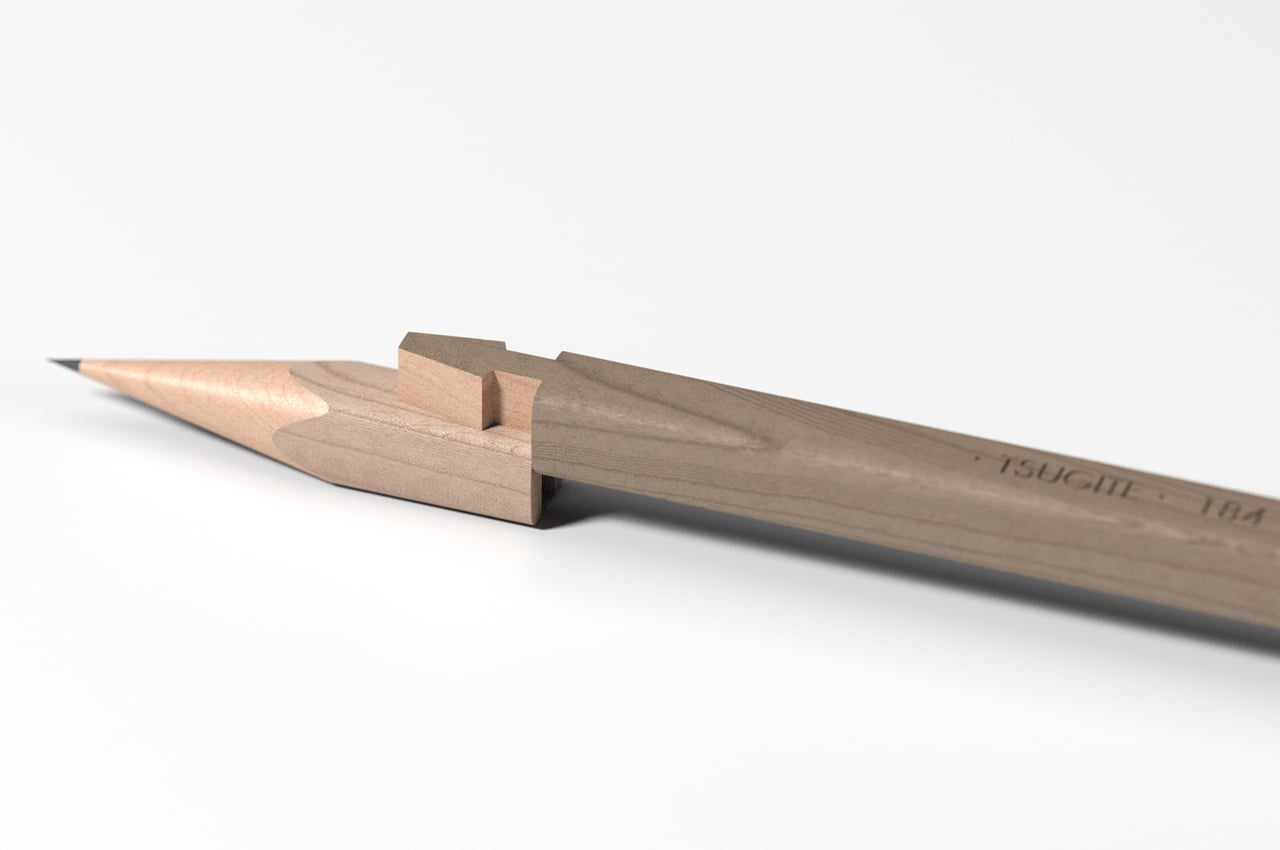
Tsugite is a reusable pencil system that uses a Japanese joinery method called tsugite.
Sometimes the most innovative and long-lasting designs are rooted in simplicity and tradition. Trusted to construct temples, shrines, and homes in Japan, Tsugite is an ancient joinery method that connects pieces of timber together without nails. Cut into artful finishes, each end of timber links together with its corresponding timber end by sliding into place, like a plug into a socket. Inspired by this masterful craftsmanship, Korean designer Jaewan Park created a collection of pencils called Tsugite that uses the joinery method to replace pencil tips.
Designer: Jaewan Park
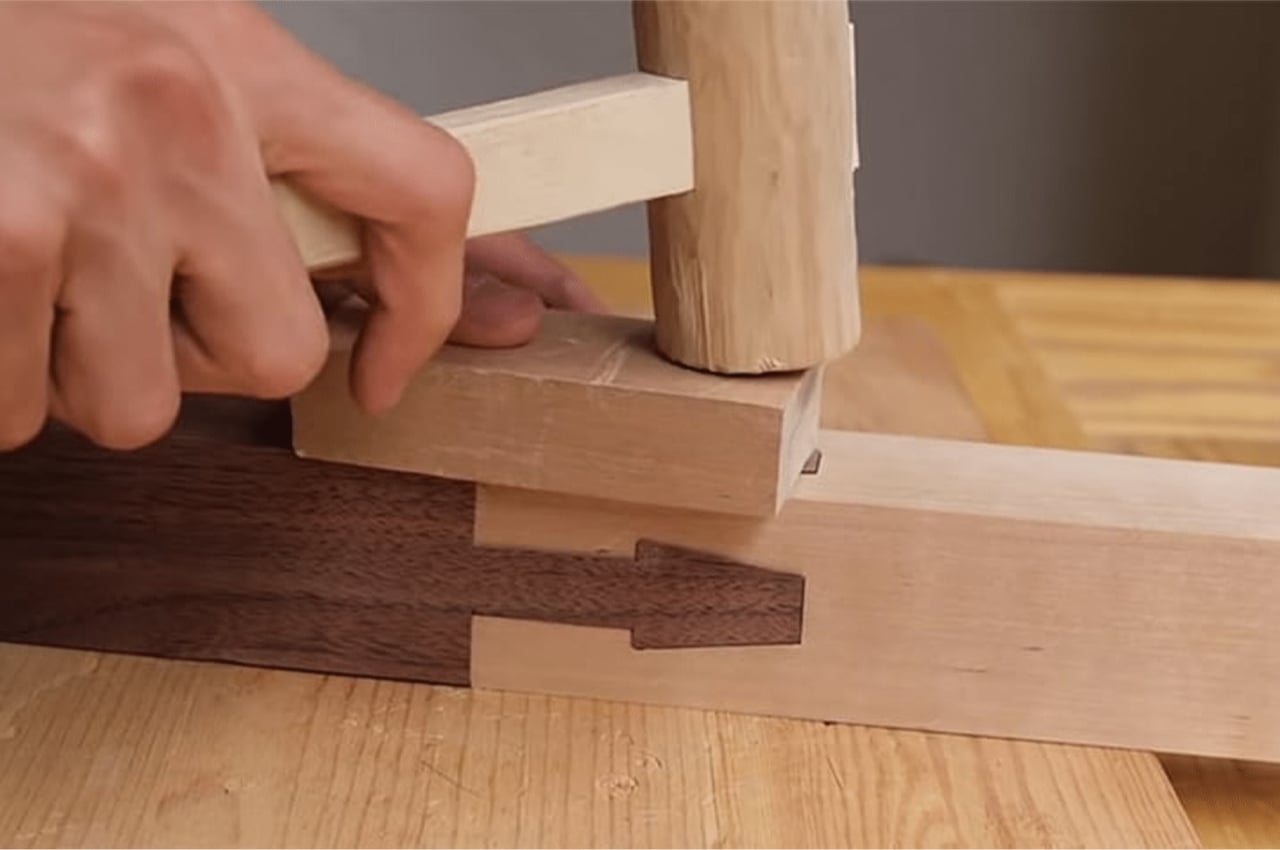
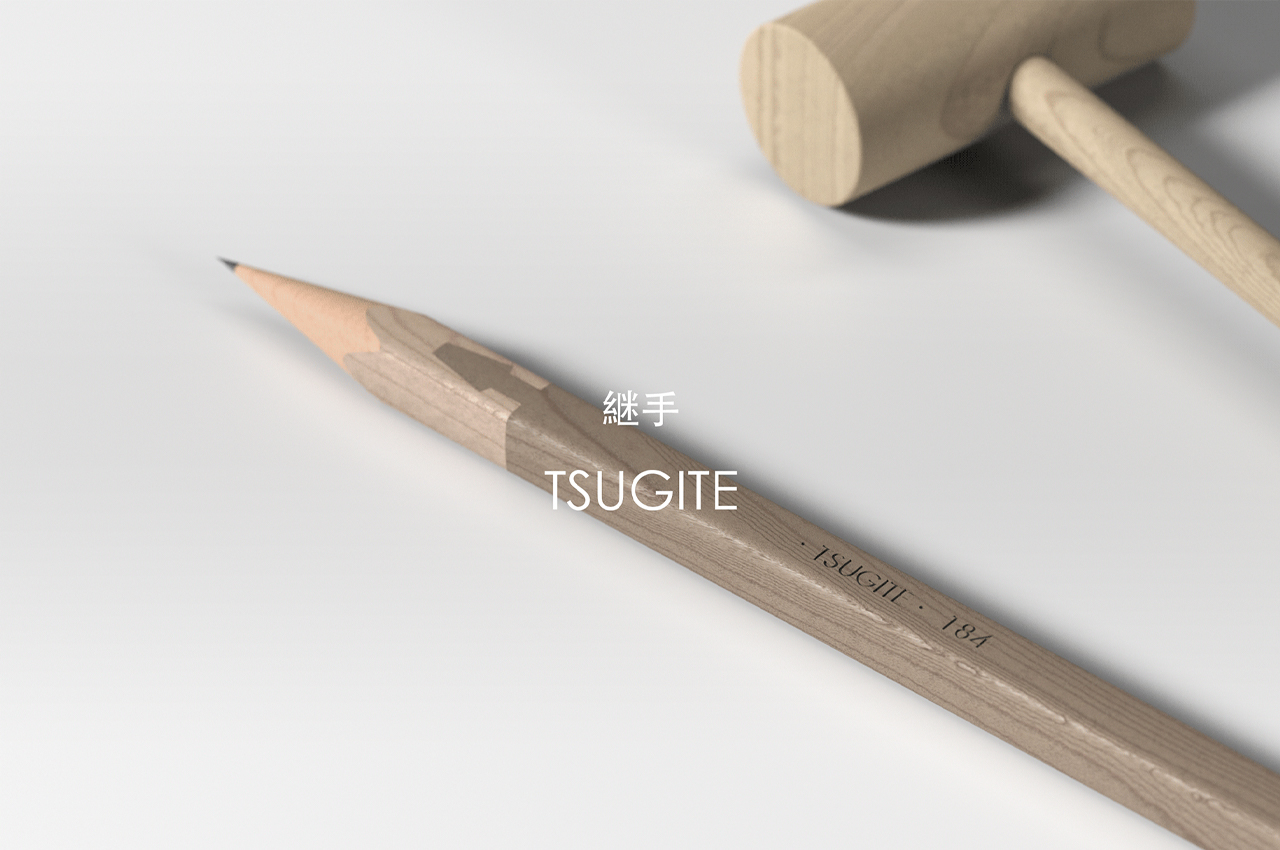
Once pencils are too short to use, we have DIY solutions that offer temporary relief, but usually, we end up just reaching for a new pencil. Sticking a pen cap to the pencil’s eraser end helps give the pencil some length, but at that point, you might as well use the pen. In an effort to reduce the waste collected from finished pencils, Park conceptualized a reusable system. Tsugite is essentially made up of two pieces: the pencil’s body and the pencil’s detachable tip.
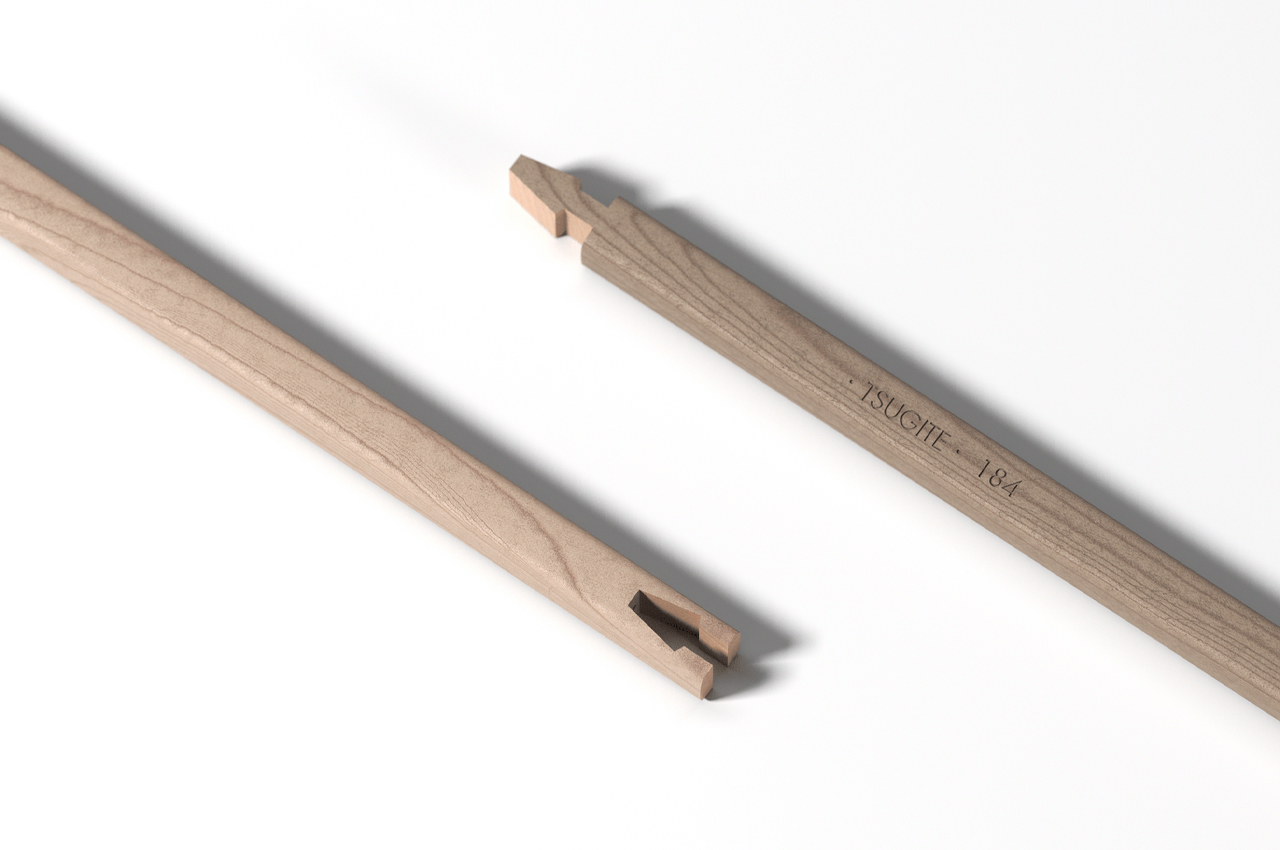
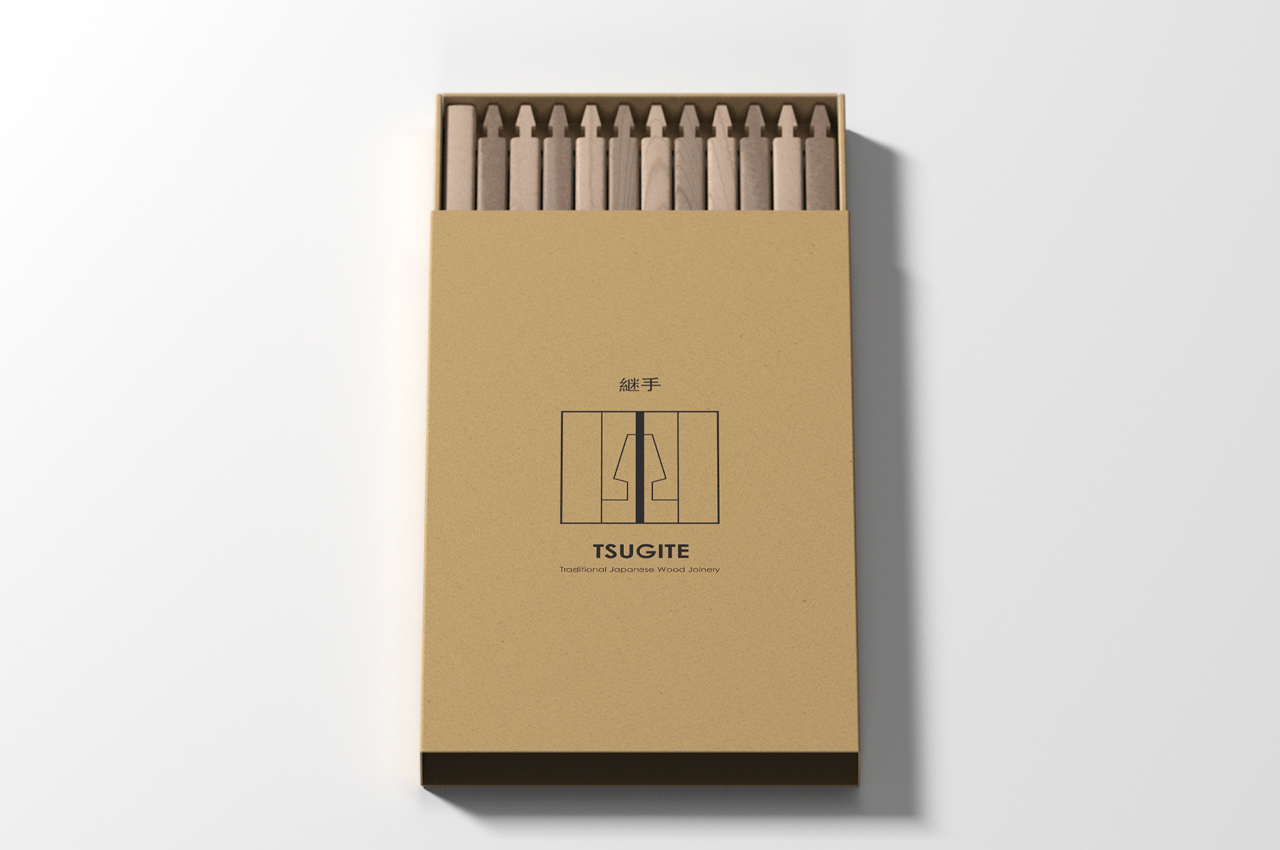
Park conceptualized Tsugite to come in a pack, stored with around twelve pencil bodies and their corresponding ends. The pencil body was crafted to form an arrow-shaped end piece that links into a horseshoe-shaped pencil tip. Once the pencil’s tip is too dull for use, the same body can still be used and another tip piece can be attached. While no hardware or joinery pieces are required to join the two modules together, users can rest assured the pencil tip and body are secure in place considering this same crafty joinery method is relied upon to build homes.
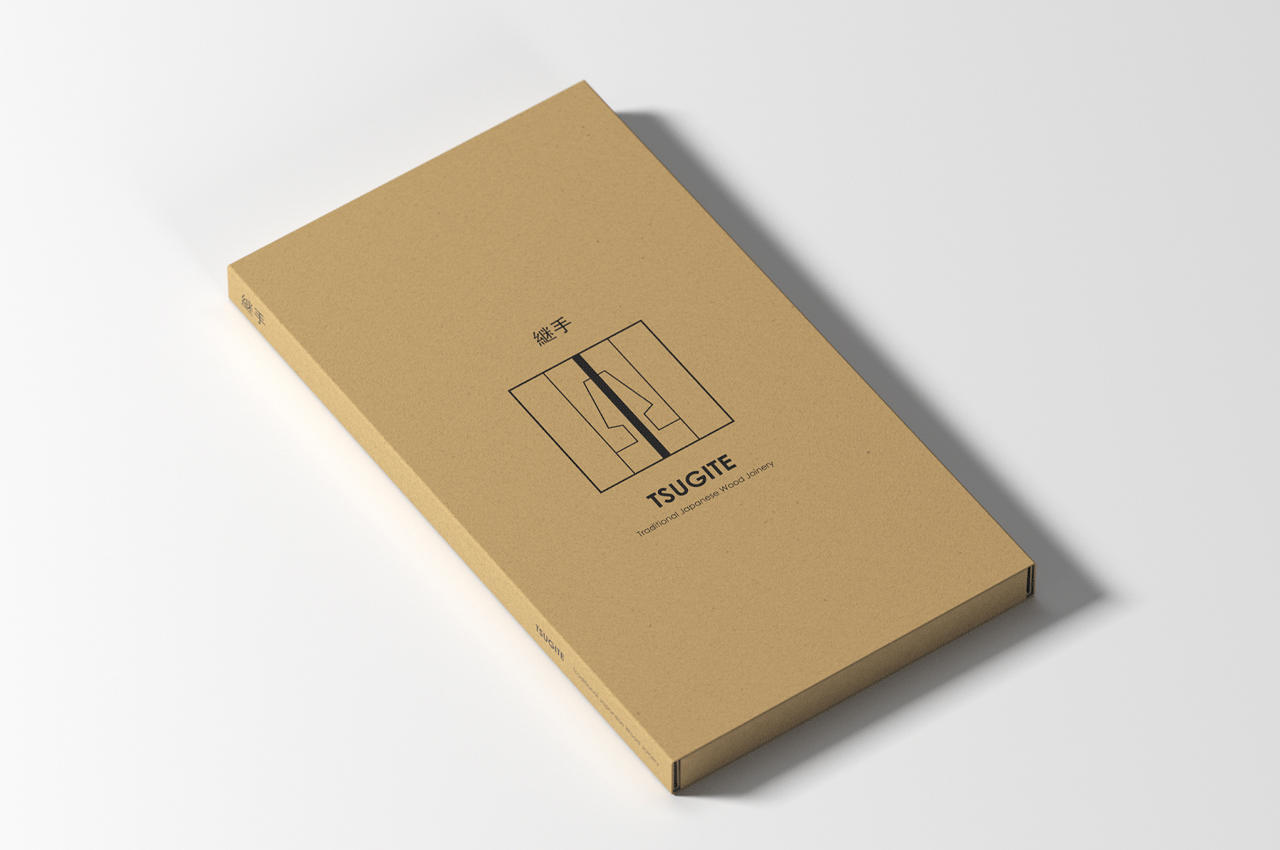
Park conceptualized Tsugite to come in a pack of 12 pencils.
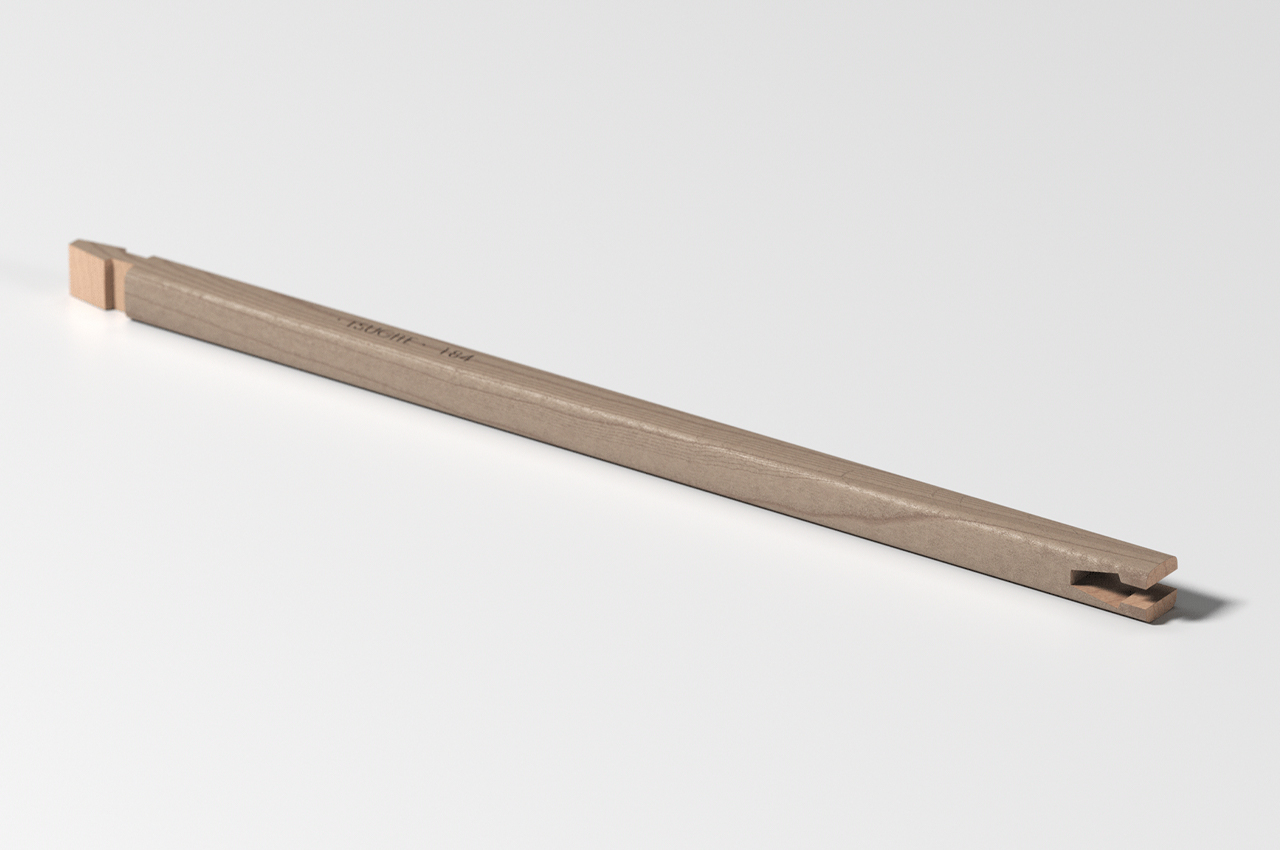
Both ends of the pencil’s shaft will have slots for other end modules to attach.
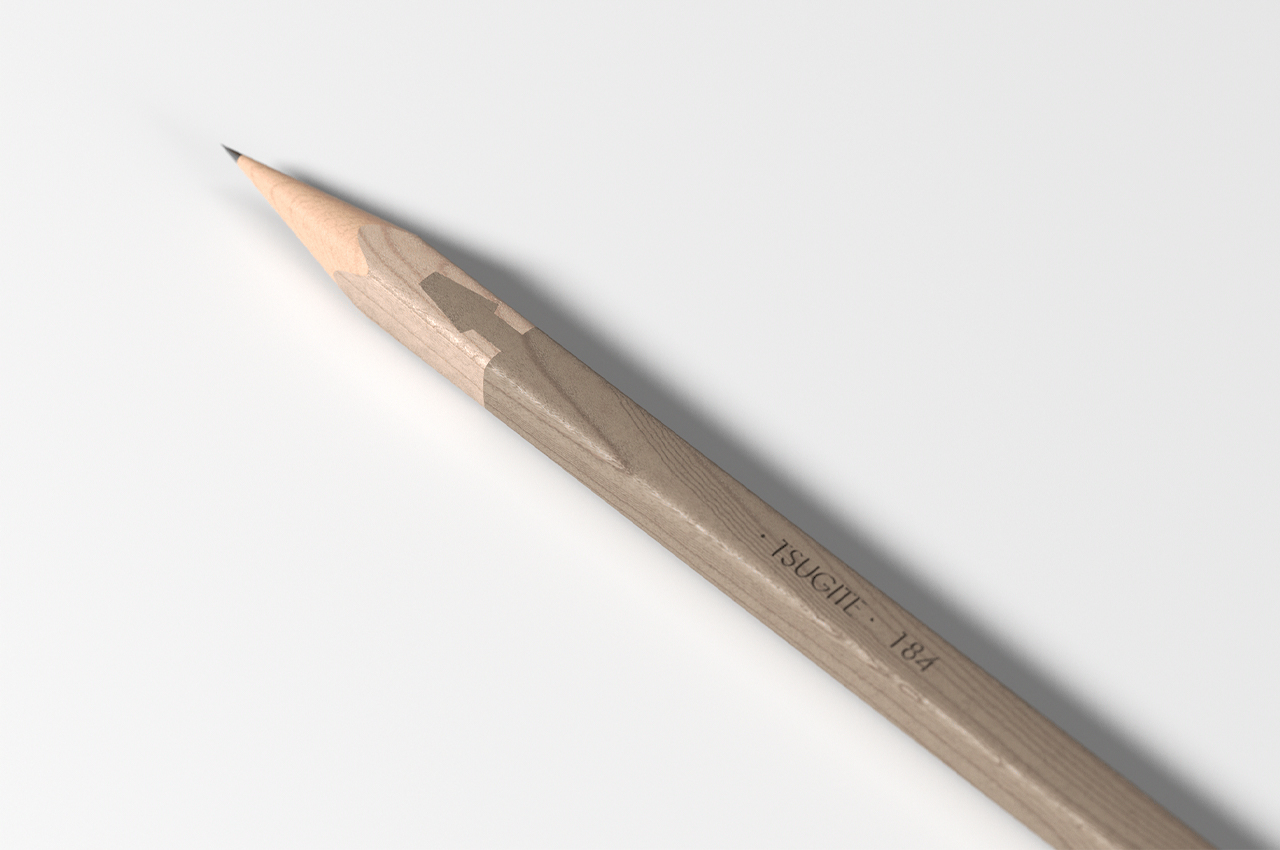
If it weren’t for the different wood gradients, the two pieces would form a seamless connection.
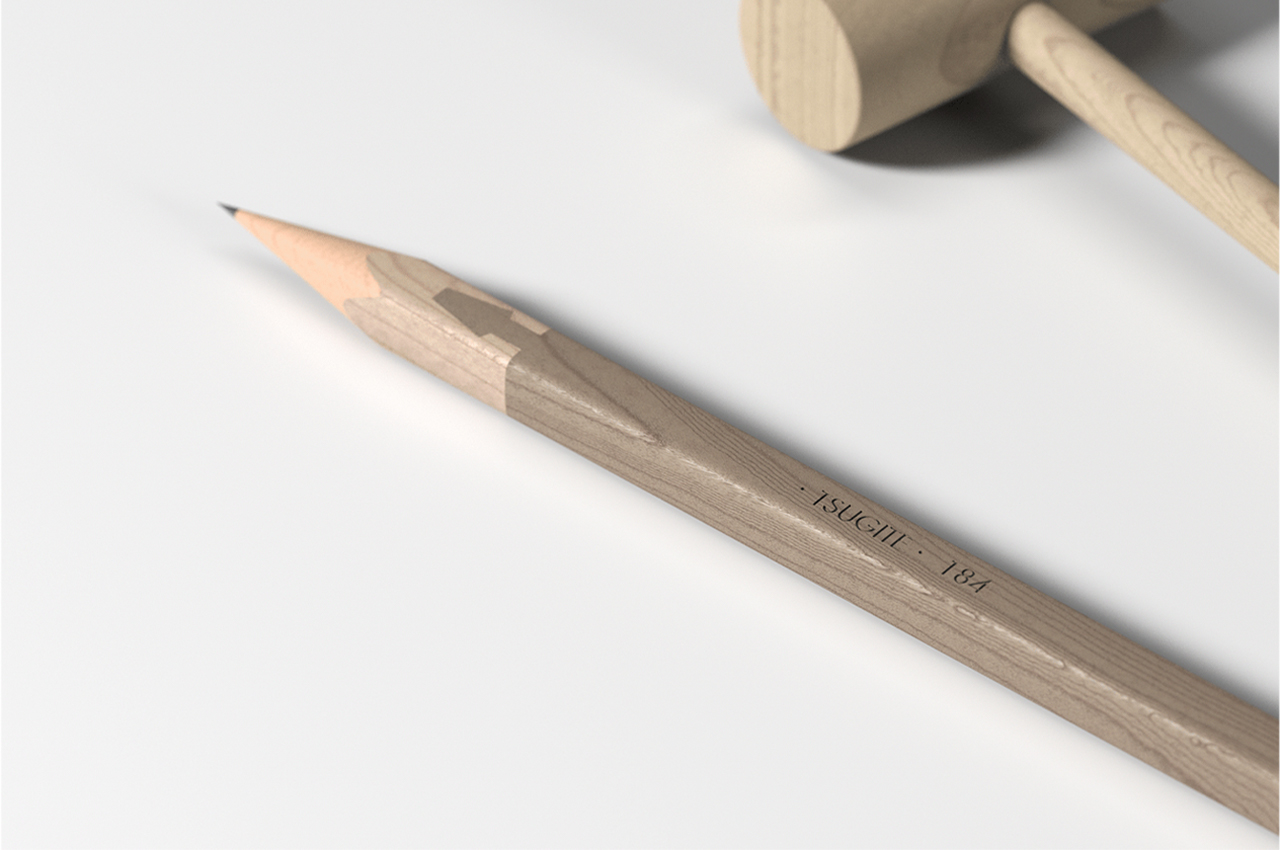
Once the modules are connected, the pencil tip is securely fastened and won’t go anywhere.
